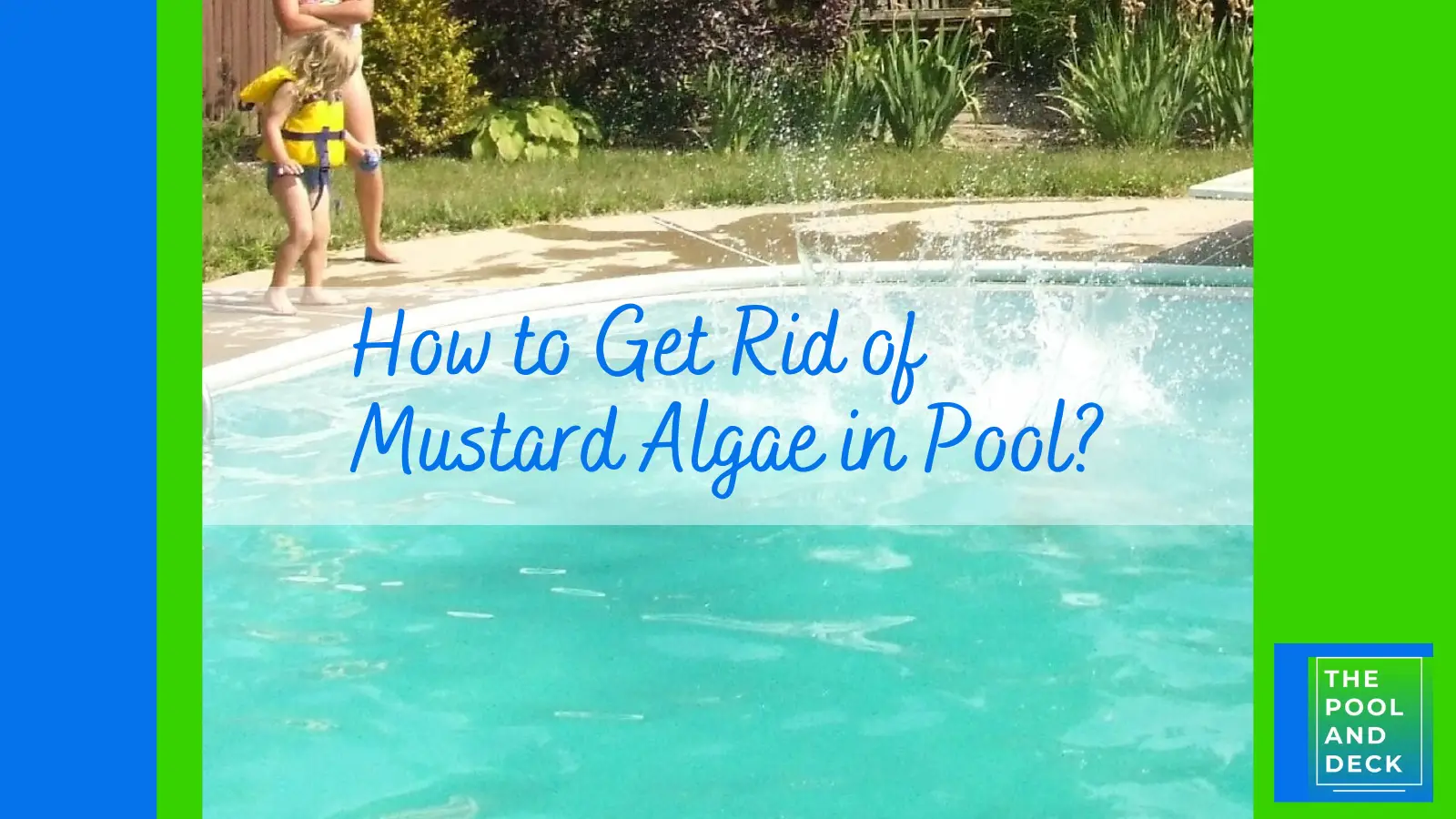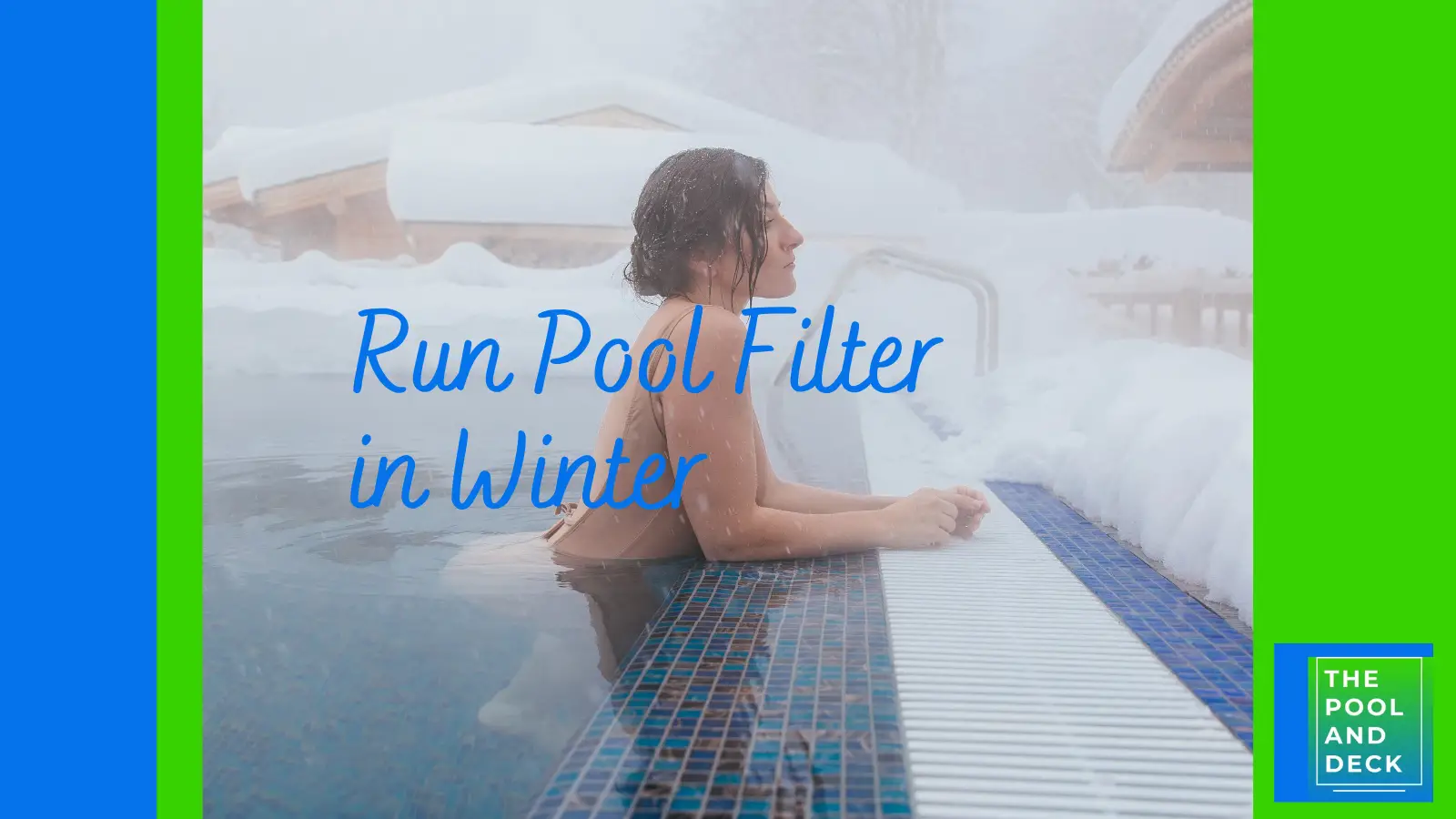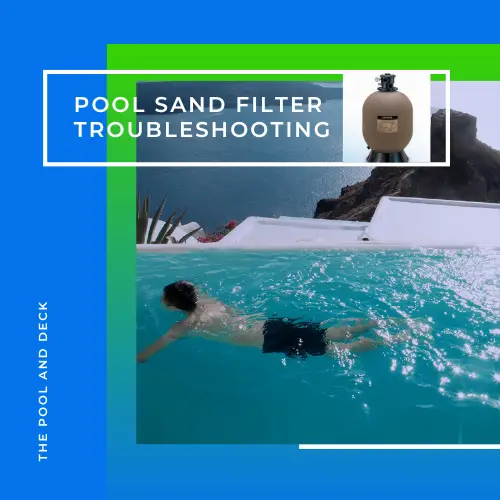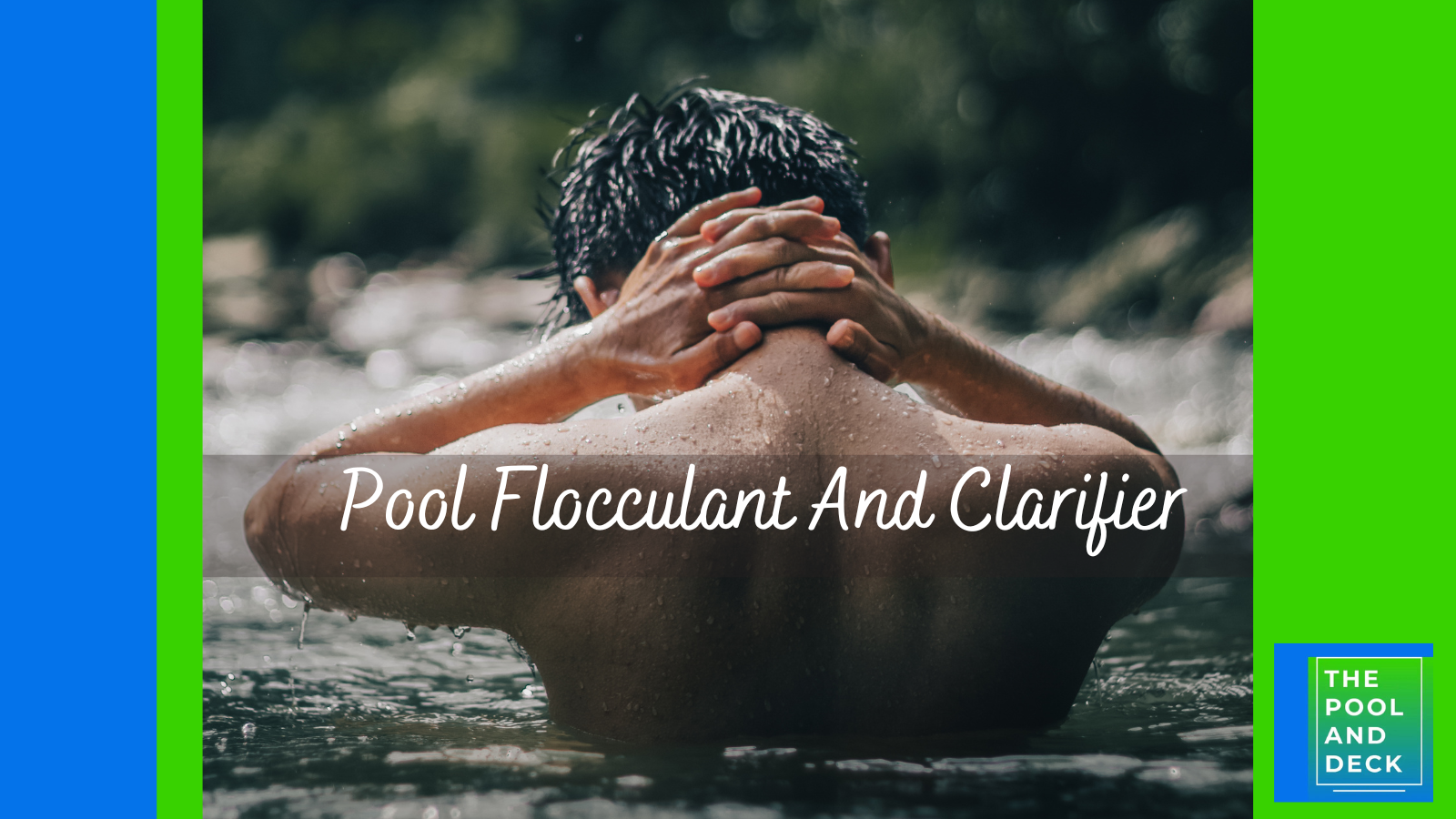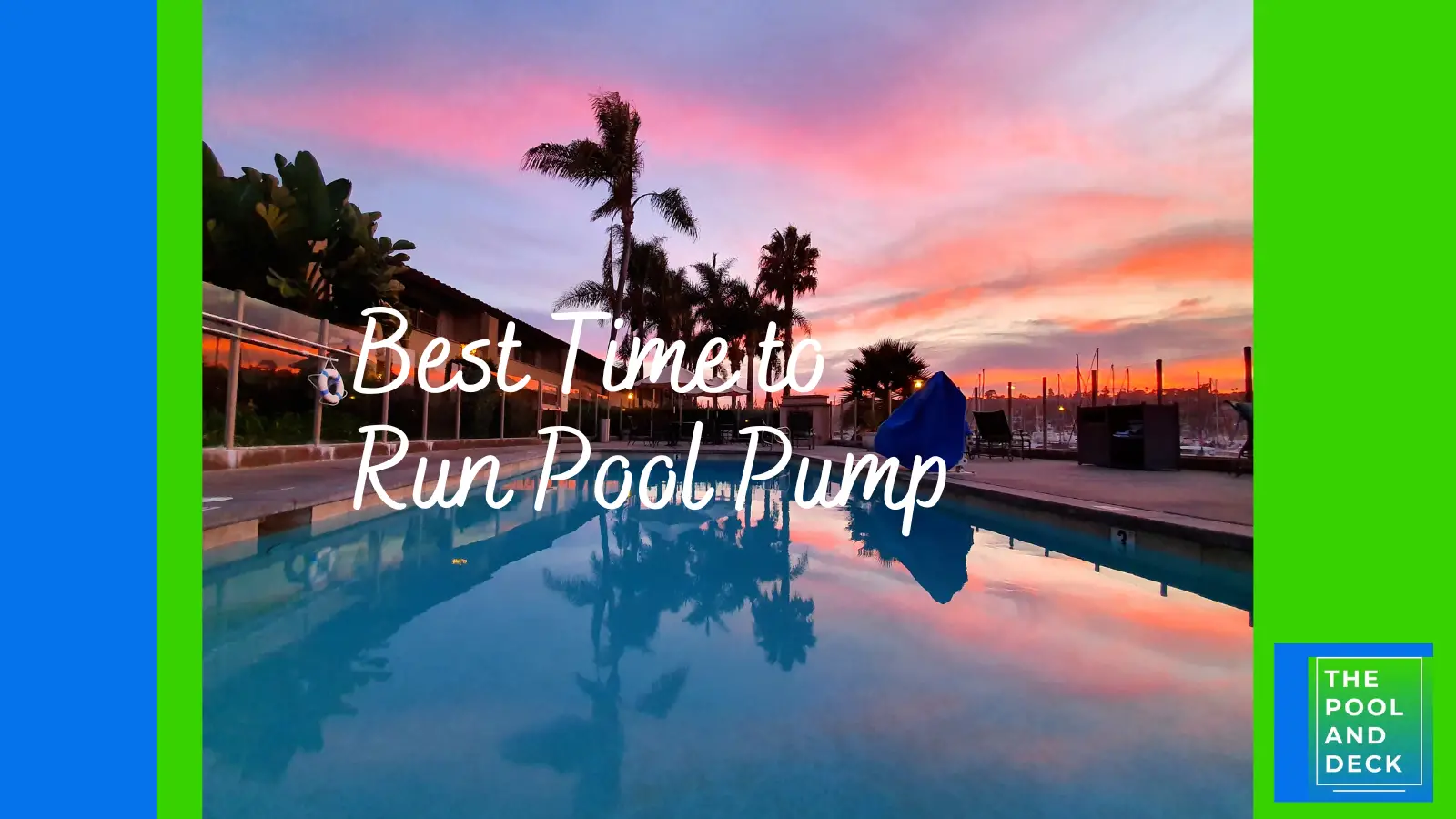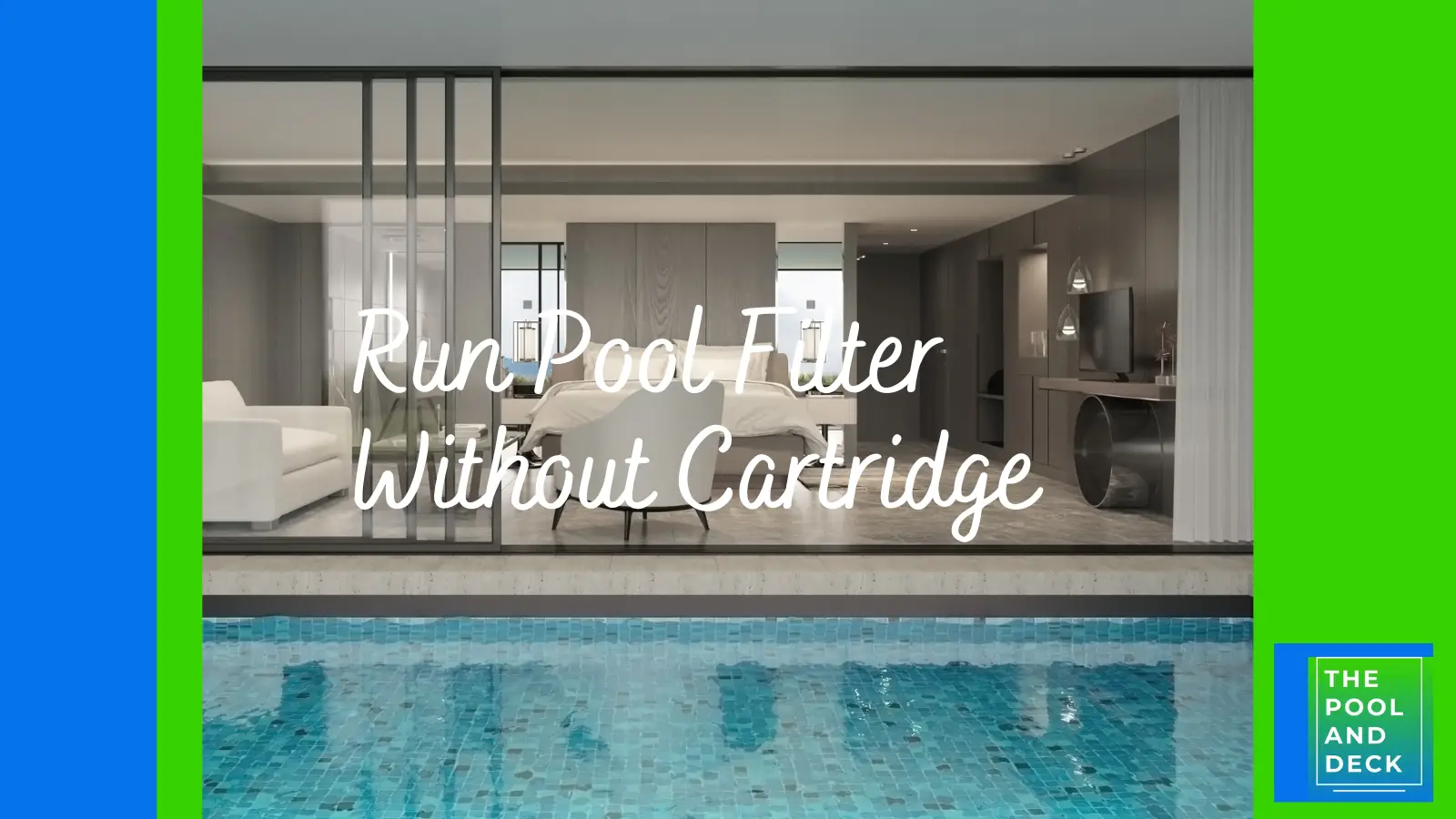Pool Clarifier vs Flocculant: What is Better? When?
As an Amazon Associate, I earn from qualifying purchases.
Table of Contents
Pool Clarifier vs Flocculant: The Cheat Sheet!
As a new pool owner you may assume that pool clarifier and flocculant are the same. However, when it comes to pool clarifier vs flocculant, there are similarities but there are many differences too.
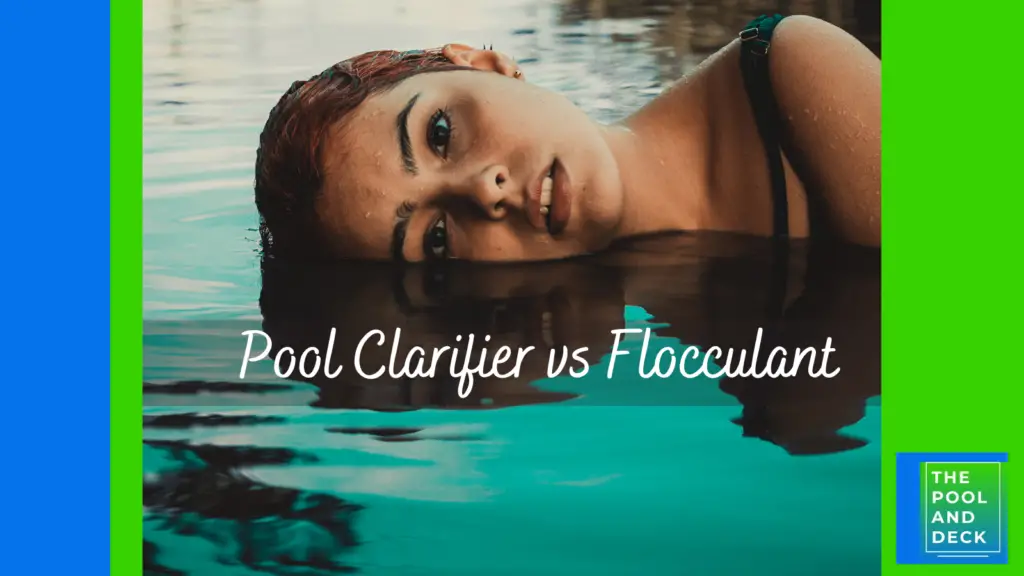
Both a pool clarifier and a pool flocculant perform the same function of clearing up a cloudy pool but the clearing process is different. They are designed for different situations as you can easily see from the cheat sheet below:
Cheat Sheet
| ASK | Use a CLARIFIER if: | Use a FLOCCULANT if: |
|---|---|---|
| How cloudy is your pool? | Mildly cloudy. Pool floor is visible. | Pretty cloudy. Pool floor is not visible. |
| Are you in a rush for time? | Not really. Can wait 3-5 days. | I want to use my pool tomorrow. |
| Was your pool hit by a storm and you finished shocking your pool? | No | Yes |
| Was your pool hit by an “algae bloom” and you finished shocking your pool? | No | Yes |
| Is vacuuming your pool due anyway? | No | Yes |
| Do you hate hard manual work on your pool? | Yes, I would rather take it easy & relax | I do not mind a bit of a workout. |
| Do you have a cartridge filter? | Yes | No |
| Do you have a sand or DE filter? | Yes | Yes |
Above table is a general guideline on which will work better for you in a particular situation, but let me get into more detail for your better understanding.
What is a Pool Clarifier?
The pool clarifier is the best solution for returning a mildly cloudy pool to sparkling clarity if just running the pool filtration system has not been effective.
A mildly cloudy pool has gazillions of microscopic contaminant particles suspended in the water. They are large enough to cause haziness but too small to be trapped by the pool filtration system.
Adding pool clarifier helps to coagulate the suspended microscopic solid particles into larger solid particles that the pool filter can trap.
Most pool clarifiers contain Aluminum Sulfate as their key ingredient. Some clarifiers use water-soluble cationic polymers like quaternary ammonium chlorides or polyacrylamides.
Natural chitosan-based clarifiers, derived from crustacean shells, not only gather particles but also absorb metals and oils.
Best Pool Clarifier
I recommend using HTH 67023 Super Clarifier. It helps you maintain a crystal clear pool all summer! It works by combining small contaminants in your pool into larger ones so your filter can trap & take them out. Use this clarifier once a week, after shock treatment. The recommended dose is 1 ounce per 5,000 gallons of pool water.
Does not affect pool’s pH levels; Improves filter efficiency to remove dead algae and organic debris; Fast-acting, concentrated formula.
How to Use a Pool Clarifier
Here is how to use a pool clarifier:
- Balance Water Chemistry: Adjust your pool’s pH such that it is between 7.4-7.6 and total alkalinity is within 80-120 ppm. Use a test kit to verify and adjust if necessary.
- Shock Treatment: If not done already, perform a shock treatment to neutralize bacteria, algae and other pathogens. Wait 24 hours post-shock treatment before adding a pool clarifier.
- Calculate Clarifier Dose: Determine the ideal dosage based on your pool’s volume. Check the label information provided by the manufacturer for the correct amount to use.
- Turn On Pump & Filter: Keep your pump and filter running while adding the clarifier through the skimmer or directly into the pool.
- Monitor Pump & Filter: Keep an eye on the filter and pump during the debris removal period. If the filter gets clogged, backwash or rinse it promptly.
- Wait and Clean: Allow 2-3 days or until the pool clears completely. Clean the pool filter afterward. Test and balance pH, alkalinity, and sanitizer levels, as pool clarifiers can alter water chemistry.
What is a Pool Flocculant?
A pool flocculant is a pool chemical that also helps to coagulate suspended microscopic solid particles into larger solid particles. The difference is that the coagulated particles are so large and heavy that they settle to the pool floor.
You can then use a pool vacuum to suck up the muck at the pool bottom and discharge it into the yard or a drain.
A pool flocculant is designed for use in situations where the pool is so cloudy that you can not even see the bottom. A pool clarifier would not work as the coagulated particles will overwhelm and clog the pool filter in no time.
Pool clarifiers come in two main types: inorganic and organic flocculants. Inorganic ones have Aluminum Sulfate as their main ingredient while organic ones are made from polymers.
Flocculation, achieved by adding aluminum salt to pool water, triggers a chemical reaction forming aluminum hydroxide, which binds particles into larger units and sinks them.
Best Pool Flocculant
HTH 67080 Pool Care Drop Out Flocculant will help you remove dead algae, non-living organic contaminants, and is safe for all pools and filters. The flocculant is a clear odorless liquid and does not affect pH or sanitizer levels. You can order it from Amazon by clicking the link below:
HTH 67080 Pool Care Drop Out Flocculant
Clears cloudy pool water; Improves filtration; Does not affect pH levels or damage filter equipment.
How to Use a Pool Flocculant
Here is how to floc a pool:
- Prepare the Pool: Begin by raising the water level to its highest point to accommodate any water loss during the process. This prevents the water from dropping below the filters, ensuring optimal pump performance.
- Balance pH Levels: Adjust the pH level to approximately 7.0 to maintain sanitizer efficiency and prepare the pool for flocculant treatment.
- Dilute the Flocculant: Follow the manufacturer’s instructions to dilute the flocculant in a container, typically a five-gallon bucket, to ensure proper mixing.
- Add Flocculant: Pour the diluted flocculant evenly around the edges of the pool to distribute it throughout the water.
- Run the Pump: Allow the pool pump to run on “recirculate” for a few hours to disperse the flocculant thoroughly.
- Allow Settling: Turn off the pump and let the pool water sit overnight, allowing the flocculant to collect suspended particles and debris.
- Set Filter Valve to “Waste”: Set the filter valve to the “waste” function to remove sediment and debris from the pool.
- Turn on Pump and Vacuum: After the settling period, turn on the pump and vacuum the bottom of the pool to remove the sediment. Be thorough to ensure all debris is removed.
- Replace Water: Refill the pool with water to compensate for any loss during the vacuuming process.
- Backwash Filters: Backwash the pool filters to remove any remaining sediment and chemicals collected during the process.
Thank you very much for reading the post. I do hope you found it informative and helpful.



